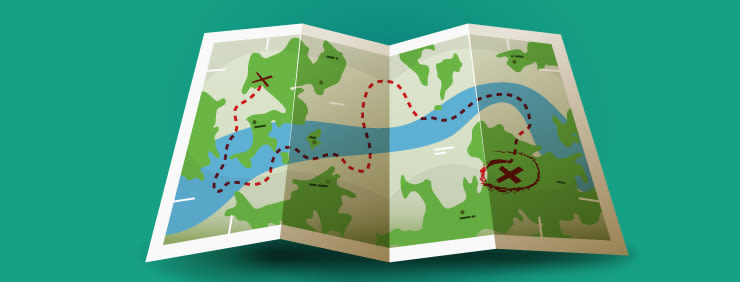6 Usability Tasks You Haven't Tried So Far But Really Should
Published April 24, 2015 by Markus Pirker in User Testing
Updated on October 2, 2023

Usability testing can be a really easy thing to do. You can do almost anything wrong – as long as you get your tasks right, your usability testing will always work.
Stefan has already explained how to write better usability tasks if you’re starting from scratch.
Below you’ll find 6 example tasks that can provide new and different insights than the standard usability tasks.
Feel free to use them during your next tests and share your insights in the comments. Happy testing.
Start testing in minutes and get results within hours. Tap into our pool of 145k+ testers and watch videos of users interacting with your product on their devices. Discover what’s working for your product, and what’s not!
Start your free trial№ 1 – The Self generated Task
You ask the participant to come up with a task that is realistic to him or her while having a look at your site.
Example Task:
(Before the site is shown) You just visit a site for [General Topic of your site]. What would you expect to do on such a site? Please go on and do this now.
You’ll learn:
- New routes people would take on your site if they had to use it the first time.
- Goals and motivations of your users you maybe haven’t ever thought about.
№ 2 – The Google Task
People start looking for your product or service on Google and comment on the quality of the search results.
Example Task:
Starting at Google, find three sites you’ll come back to later to book a cheap flight to Paris. Don’t spend too long on any one site. As you do this explain why you are choosing one over the other.
You’ll learn:
- Which words they use to describe your product or service if they had to search online for it.
- How they evaluate the search results in terms of relevance and importance.
№ 3 –The Competitor Task
The participants start performing a task on your and a competitors site and compare their experience.
Example Task:
You want to find an affordable hotel for your trip to Venice next month. Go on and do this task till you reach the final step of the checkout [First SITE 1 is shown, then same task on SITE 2]
How would you compare your experience on this two sites? Which site would you prefer if you had to find a hotel in Venice for real? Why?
You’ll learn:
- How your competitors are solving the same problems as your are.
- What are the strengths and weaknesses of your site compared to your competitors.
- Which things on the competitors site work fine and which things don’t.
№ 4 – The Revised Task
You show the participant your task and ask him or her to revise it so that’s more relevant.
Example Task:
You wan’t to spend a day out with your best friends. Reserve a ticket for the movie you like most in the cinema nearest to you.
You’ll learn:
- Which things on your site are relevant to the participant.
- If your task is clear or needs some revision.
№ 5 – The Navigation Task
You ask the participant to read through the Top Level Navigation on your site and explain which items they would expect there – without clicking anything.
Example Task:
Read through the navigation of this site. Please don’t click on anything yet. Which things would you expect to see when clicking the titles?
Now click on the first element in the navigation bar. Would you have expected the elements shown? Why or why not?
You’ll learn:
- If the category names accurately convey content?
- If the content titles are distinguishable from one another?
- If the way you’re structuring and sorting your matches the mental model of your participants.
№ 6 – The Reverse Scavenger Hunt
You only show people an example (e.g. a picture) of what they need to look for without describing it in words.
Example Task:
You want to find an image similar to this one for the layout of a folder. Go on and search for a similar image on the site.
You’ll learn:
- The keywords people use to call your product or service, if they have no written explanation.
- How people find this product on your site without knowing the exact wording.
Bonus: 3 open-ended questions
You can use this open-ended questions at the end of your test-session to get a better understanding of the user’s thought process:
- How would you use (your service or product) in your day-day life?
- How do you currently accomplish (a service that you provide on your website)?
- Would you recommend this site to your friends – why or why not?
P.S: Did you know you can start ongoing weekly user research in just 3 minutes? Learn more here
Back to homepage